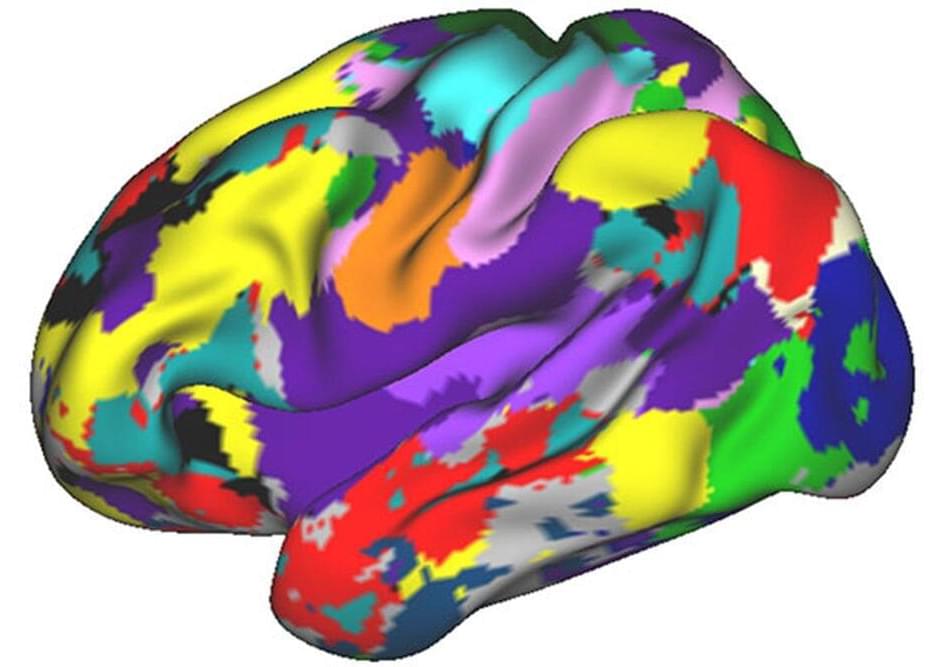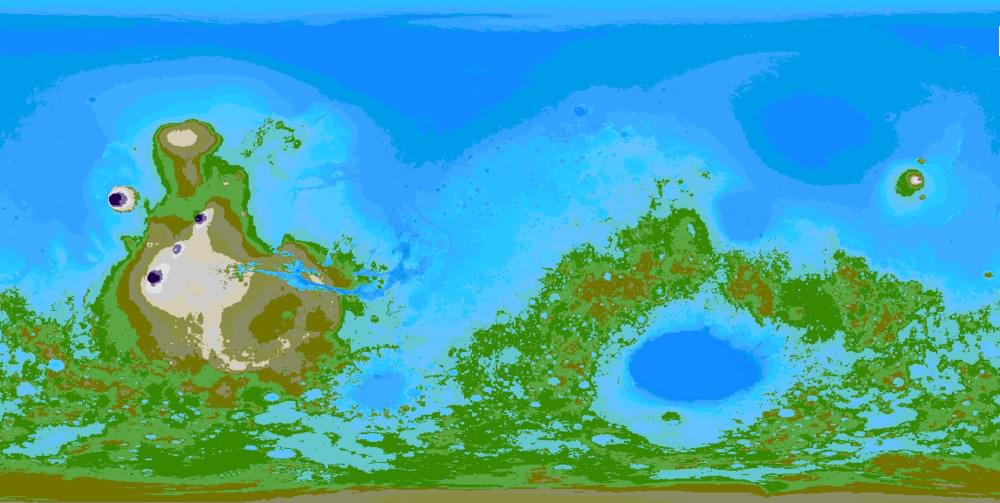Sky employees were told that their bank details and other personal information may have been obtained.
The tech billionaire activated broadband satellite service to help Ukrainian citizens remain connected despite the unprovoked Russian invasion.
Hackers who infiltrated NVIDIA’s servers & stole over 1 TB of data were hacked themselves as alleged in a new report by underground group.
A silicon wasteland.
In a sign that the United States government’s export restrictions on semiconductor sales to Russia due to its war against Ukraine have been enacted swiftly, multiple reports have emerged today that both Intel and AMD have suspended chip sales to Russia. In addition, reports have also emerged that TSMC’s decision to participate in the sanctions will thwart Russia’s supply of homegrown chips. We have reached out to Intel, AMD, and Nvidia for comment.
The Russian media outlets also claim that the suspensions have been confirmed by the Association of Russian Developers and Electronics Manufacturers (ARPE). Additionally, Chinese IT companies are said to have been notified by Intel that sales to Russia have been banned.
The extent of the halted sales is currently unclear. The new export restrictions are primarily aimed at chips for military purposes or dual-use chips that could be used for both civilian and military purposes. That means sales of most consumer-focused chips, like AMD’s Ryzen and Intel’s Core chips, likely won’t be impacted. However, it is widely expected that there will be a temporary halt for all semiconductor sales to Russia as companies work to decide which products are impacted. Additionally, the US DoC has added 49 Russian companies to the Entity List, and those companies aren’t eligible to purchase any type of chip.
Mobileye is an an Israeli subsidiary of chipmaker Intel (who knew?) that develops self-driving cars and advanced driver-assistance systems. This week at CES the company announced a new chip called EyeQ Ultra, part of its system-on-a-chip line, saying the chip will be able to do 176 trillion operations per second and is purpose-built for autonomous driving.
Geely, meanwhile, is a carmaker based in Hangzhou, China. Founded in 1997, the company’s full name is Zhejiang Geely Holding Group; they’re the largest private automaker in China, and reportedly sold over 1.3 million cars in 2020. Among Geely’s holdings is Swedish carmaker Volvo, as well as an electric vehicle brand called Zeekr that was launched in March of 2021.
The new self-driving car will be a collaboration between Geely and Mobileye, and will be produced under the Zeekr brand. To be clear, the car still won’t quite approach the put-your-feet-up driverless vision. There are five levels of automation in driving, with Level 5 being full autonomy, in which the vehicle can drive itself anywhere (around cities, on highways, on rural roads, etc.) in any conditions (rain, sun, fog, etc.) without human intervention. The Zeekr car will supposedly be Level 4, which means it will be able to operate without a safety driver under certain conditions (namely, good weather), and will still have a steering wheel.
A quest to analyze the unique features of individual human brains evolved into the so-called Midnight Scan Club, a group of scientists who had big ideas but almost no funding and little time to research the trillions of neural connections that activate the body’s most powerful organ.
The research group started in 2013 by two neuroscientists at Washington University School of Medicine in St. Louis who aimed to collect a massive amount of data on individual brains. The study’s subjects were the scientists themselves and eight others, all junior faculty or graduate students.
Most efforts to analyze connections involve scanning many brains and averaging the data across groups of people. For this study, the researchers used brain-imaging techniques to evaluate brain networks that control speech and motor function, among other activities. The researchers examined individuals while resting and performing cognitive tasks such as reading.
Tesla’s well-established Supercharger network would be a willing participant in the Infrastructure Bill’s US$7.5 billion effort to build 500,000 EV charging stations nationwide. In comments sent to the FHA, however, Tesla notes that it’d like its exclusive Supercharger stations to get the same grant treatment as any public stations it builds where non-Tesla cars can be charged.
What is a smart factory? It is a shop floor that adopts smart manufacturing, manufacturing that uses technologies and solutions—like AI and IoT—arising from Industry 4.0 to optimize the production process…
Industrial revolutions then, and now
To fully grasp what smart factory is and where it’s headed, we must first understand the history of manufacturing.
It all began with the First Industrial Revolution, which introduced machines to factories and farms in the mid-18th century. In the past 250 or so years, manufacturing has evolved from handwork to machines like the spinning jenny, from the rise of machines to automobiles which were first introduced to the general public by Henry Ford in 1908, and from new inventions to digital technologies that made semiconductors, computers and the Internet possible.
Chemical changes inside Mars’ core caused it to lose its magnetic field. This, in turn, caused it to lose its oceans. But how?
As battles erupt in Kyiv, Ukraine’s Ministry of Defense appeals private drone owners to use or donate them to repel invading Russian troops.
Ukraine’s Defense Ministry has called upon citizens who own drones to use them in support of the country’s armed forces in their battle to prevent the invading Russian Army from capturing the capital, Kyiv.
“Do you own a drone? Give it to experienced pilots to use!” the post read, according to a translation in a Gizmodo report. “Do you know how to (fly) a drone? Join the joint patrol with units 112 of the separate brigade of the city of Kyiv!









